Growing and cooking Indian cress
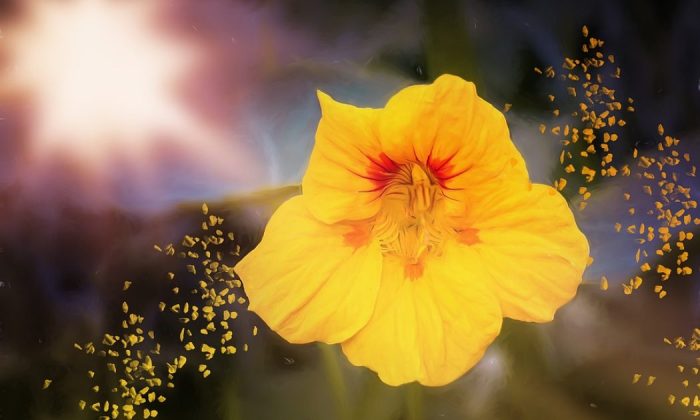
Also known as Nasturtium (Tropaeolum) is a plant belonging to the Tropaeolaceae family.
It is considered an ornamental flower – and rightly so, because it is an attractive plant thanks to its unusual shape green leaves and distinctive orange flowers. But Indian watercress is also used for cooking or as an herbal medicine. Indian watercress has many uses and you should try it.
Basic growing requirements
Indian watercress is a sun-loving plant, but it will also grow well in a partial shade. Any basic soil will do but it will grow better in a fertile soil course. The funny thing is that if you provide fertile soil leaves will grow much better than flowers. . The poorer the soil, the more abundant and beautiful flowers you will have but less leaves. The only soil requirement is that it must be permeable as Indian watercress cannot handle waterlogged soil.
Planting watercress
You can grow Indian watercress easily from seeds. Plant seeds directly in a regular garden soil, but make sure that not frosts are coming. Do it in the second half of May. Plant seeds 30 cm apart and about 1 cm deep. Cover well because the plant needs complete darkness to germinate. In 7 to 10 days you should notice sprouts and you may expect beautiful flowers in the summer. A good idea is to remove flowers from time to time. That way the plant will not waste its energy on making seeds (unless you want seeds for next season).
Photo: Pixabay
Care
First, you need to realize that Indian watercress is a climbing plant and it needs a support, such as a fence, gazebo or seating area. You can also make a suitable support using different types of materials. Indian watercress grows and spreads easily and you want to control its growth from the beginning. Wrap it around the support and shorten it if you feel that it has grown too big. You may use the cut parts for cooking.
Watering and fertilization
Keep the soil constantly moist, especially during germination, and that means you should water twice a week. No more than that. However, if you grow in a pot, you need to water more often. Fertilizing is not necessary, even undesirable, because it promotes the growth of leaves at the expense of flowers as mentioned earlier. A little dose of universal fertilizer may be required (but may be not) by plants growing in pots.
Cooking
Both flowers and leaves may be used in kitchen, but seeds are also edible, and you may use seeds to replace capers in recipes. Flowers are often used raw and provide a slightly spicy taste. They are great in sandwiches, desserts or salads. Leaves are also consumed raw or dried in various soups, for example. You may also use Indian watercress to decorate various dishes or you may use it in place of veggies.
Source: https://www.swiatkwiatow.pl/poradnik-ogrodniczy/nasturcja-uprawa-pielegnacja-i-odmiany-id1068.html
Preview photo: Pixabay

Gardening is my hobby, I have a lot of experience and I am happy to share it.
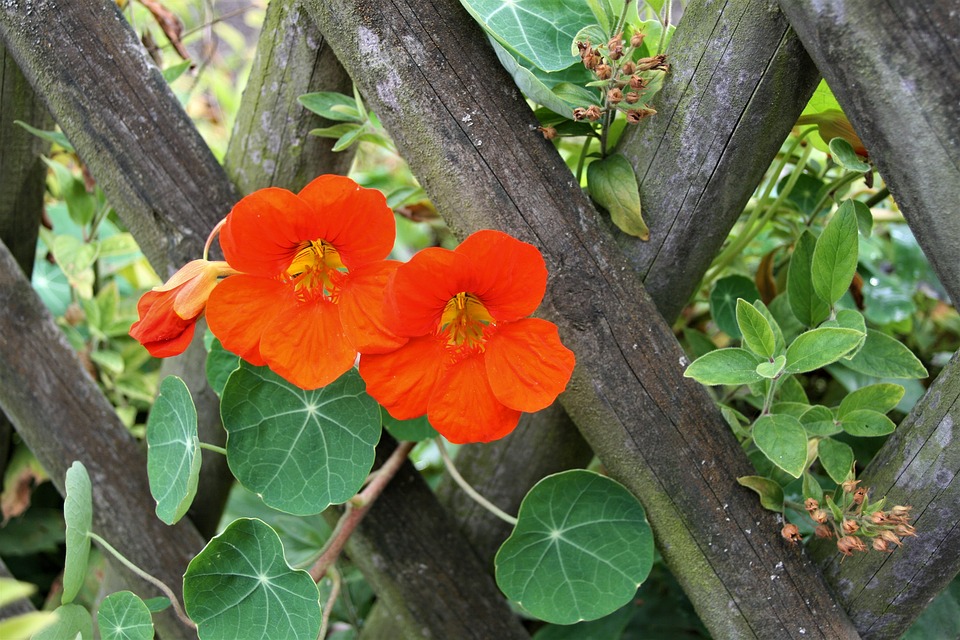


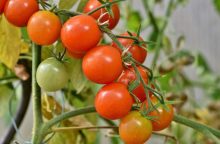
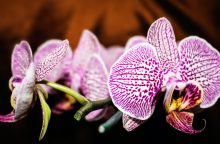
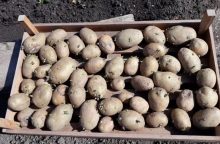
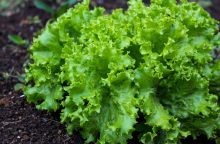
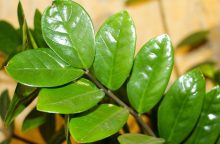
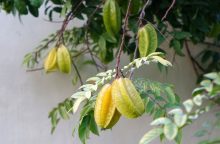
0 comments